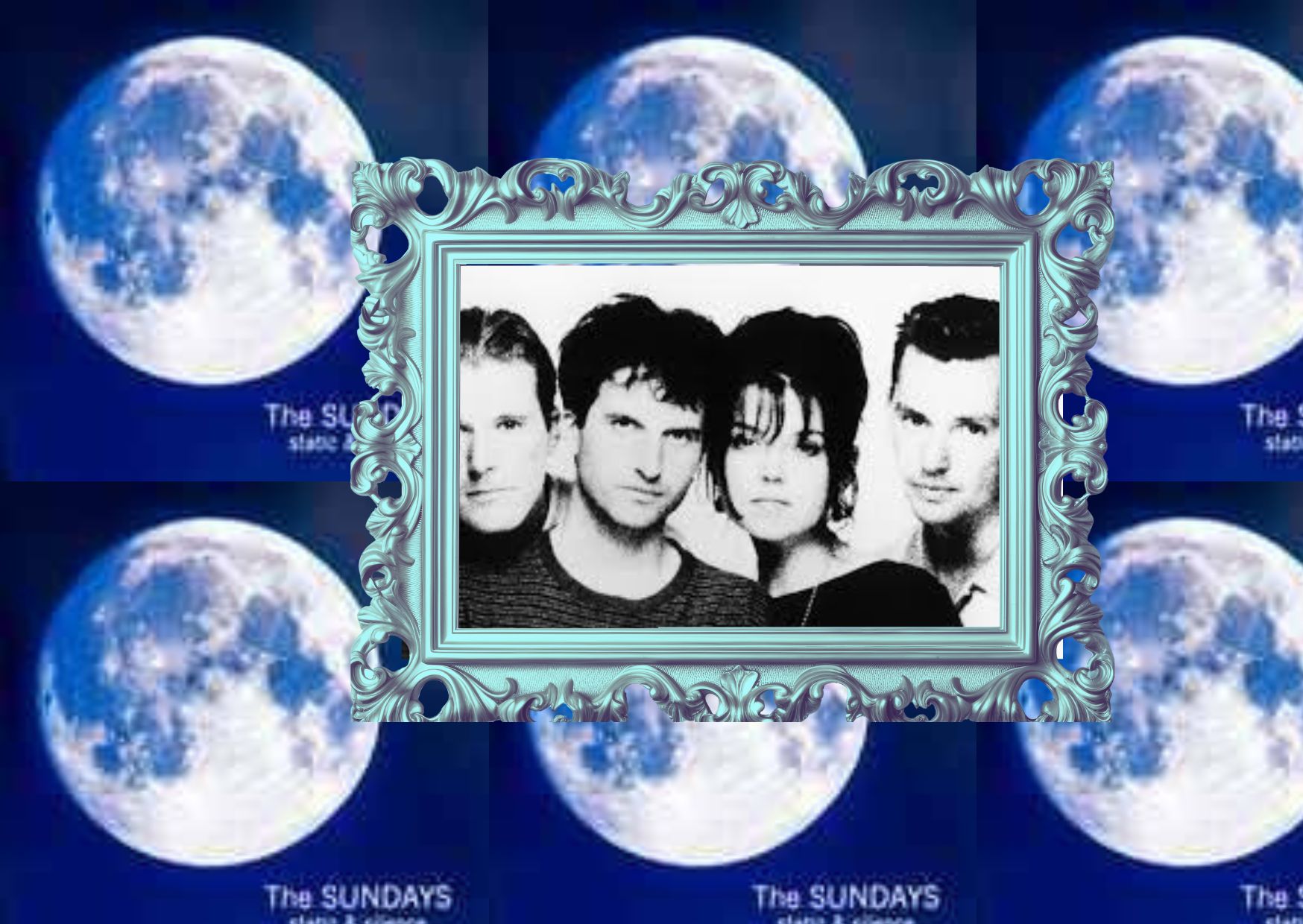On Sept. 22, 1997, The Sundays released their final album as a band, Static & Silence. After 27 years, the album remains a timeless ode to the band’s unique sound with a light and airy conclusion to their discography.
The genre of The Sundays’ sound is incredibly difficult to pin down, which is what makes the band so unique. Their sound varies from alternative pop rock, dream pop and indie pop to many other genres. With that said, there’s a universal folk tinge overlaying the varying stylistic differences of their albums.
Their first album Reading, Writing and Arithmetic emerged out of the alternative pop-rock scene that gained popularity in the nineties, sharing that sonic space with bands like The Cranberries and The Cardigans.
Their sophomore album Blind took on a significantly more melancholic sound, trading the upbeat rock on their debut for slow, dreary tracks.
Coming five years after their second LP, Blind, Static & Silence found a way to encapsulate the drastically different sounds laid out before it, taking the upbeat excitement from Reading, Writing and Arithmetic while also incorporating the slow quietness of Blind.
The album opens with its single track, “Summertime.” With a light acoustic guitar strum and groovy wah pedal bounce, the song would fit as a great soundtrack for a lively summer day. The opening track functions as a stark transition from its predecessor Blind, sounding as though Static & Silence opens the curtains and lets the light in, dissolving Blind’s darkness.
The second track “Homeward” is a slower lost-love ballad that still maintains the album’s jangly sound. Functioning like an inner monologue, “Homeward” sets up the thoughtfulness in Static & Silence, as it introduces the lyrical pondering that carries through several tracks on the album.
Thoughtfulness continues onto the quiet “Folk Song,” a track that is reminiscent of an idyll as lead vocalist Harriet Wheeler opens the track with an image of a “summer sky and a throat bone dry / and the fields are all gold.” The track continues with lyrics like “silver trees and a whispering breeze,” adding to the imagery. As gaps of wordless singing and plucked strings fill the space between lyrics, the song leaves room for pondering.
On the 12-track album, there are equal amounts of deep pondering juxtaposed with fun, upbeat tracks. This balance helps to maintain the lightheartedness of the album’s sound, seemingly asserting that the record is not meant to be purely melancholic but a mix of emotions.
“She,” “Another Flavour” and “Your Eyes” are springier songs in the tracklist, momentarily breaking the tension and seriousness of the songs preceding and following them. These tracks are not just lighthearted filler, they shape the overall sound of Static & Silence’s into a kind of homage to The Sunday’s discography. They cross the borders of genres and echo the alternative pop-rock sound that The Sundays began with on Reading, Writing and Arithmetic.
The fifth song on the album “When I’m Thinking About You” is the most dream-like cut. Filled with slow acoustic strumming and deeply introspective lyrics, this track brings sound to the feeling of longingly staring out of a car window as rain races down the glass.
Wheeler’s repeated pleads on the track — “could I keep dreaming for a little while longer” — encapsulate the bittersweet nature of impending endings as she is mourning the loss of “dreaming” while she is still doing so, speaking heavily to the theme of finality in the album.
In an interview with ABC, The Sundays’ guitarist David Gavurin says the band’s lyrical process is more reliant on feeling the music rather than telling a story.
“With our lyrics … we tend to operate on that level that if things feel right, then that will be good enough for us. It doesn’t always have to have a solid intellectual reason behind why we choose a word or a song,” Gavurin said. “That’s how I think we look at music in general … people are going to listen to it and they’re going to respond to it.”
The introspective feel of the album is brought to its peak in the final track “Monochrome.” The light conclusion to the album — and therefore The Sundays’ work entirely — is filled to the brim with nostalgia, with Wheeler recounting a memory of her and her sister at “four in the morning, July of ‘69” secretly watching presumably a gathering hosted by their parents. She describes the group as “dancing around” in a lively joyous atmosphere.
“Monochrome” is incredibly intimate and replicates the feeling of making memories through watching others make their own memories. As the band’s final track, it perfectly closes the curtains on their nine years in the music industry while also establishing the band’s ever-presence like a crystal-clear memory.
Static & Silence deeply plays into the folk sound that appears in each of The Sundays’ albums while simultaneously giving it a novel nostalgic edge. Incorporating every bit of The Sundays’ sound, their final album remains a timeless exploration of their diverse music while also bringing a deep thoughtfulness to the band’s discography.

